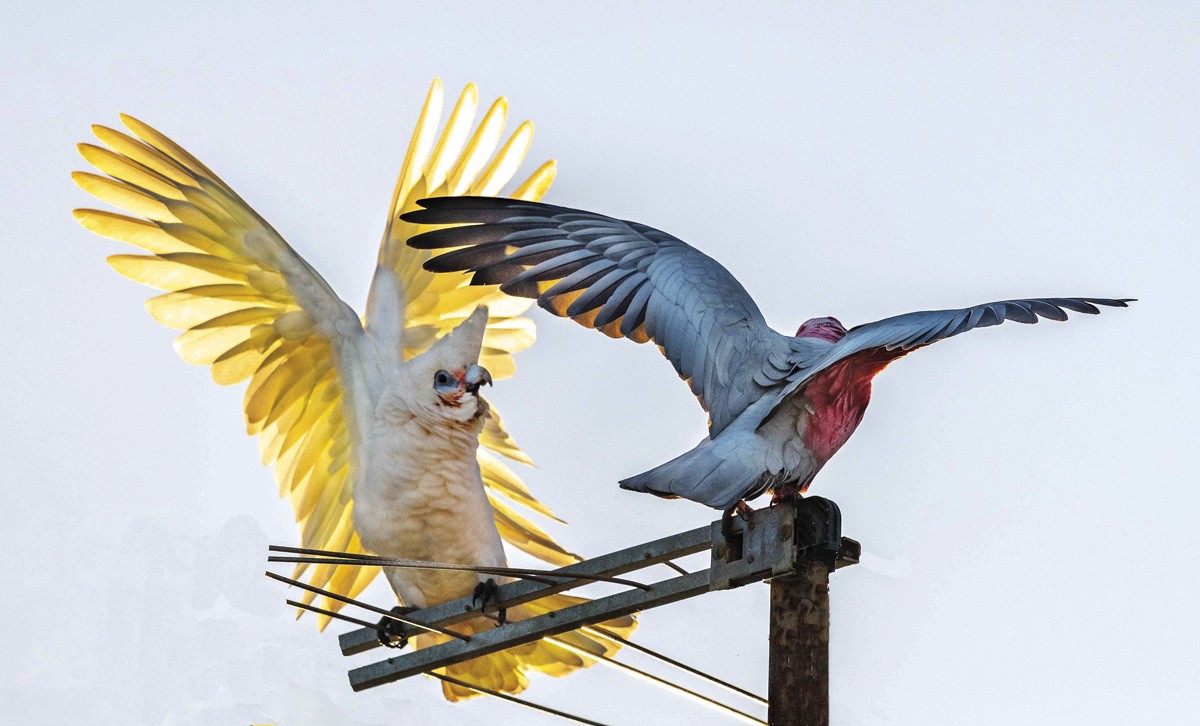
Retired Mandurah GP Dr Tony Tropiano and award winning nature photographer Georgina Steytler have put their lenses together for these magnificent bird images.
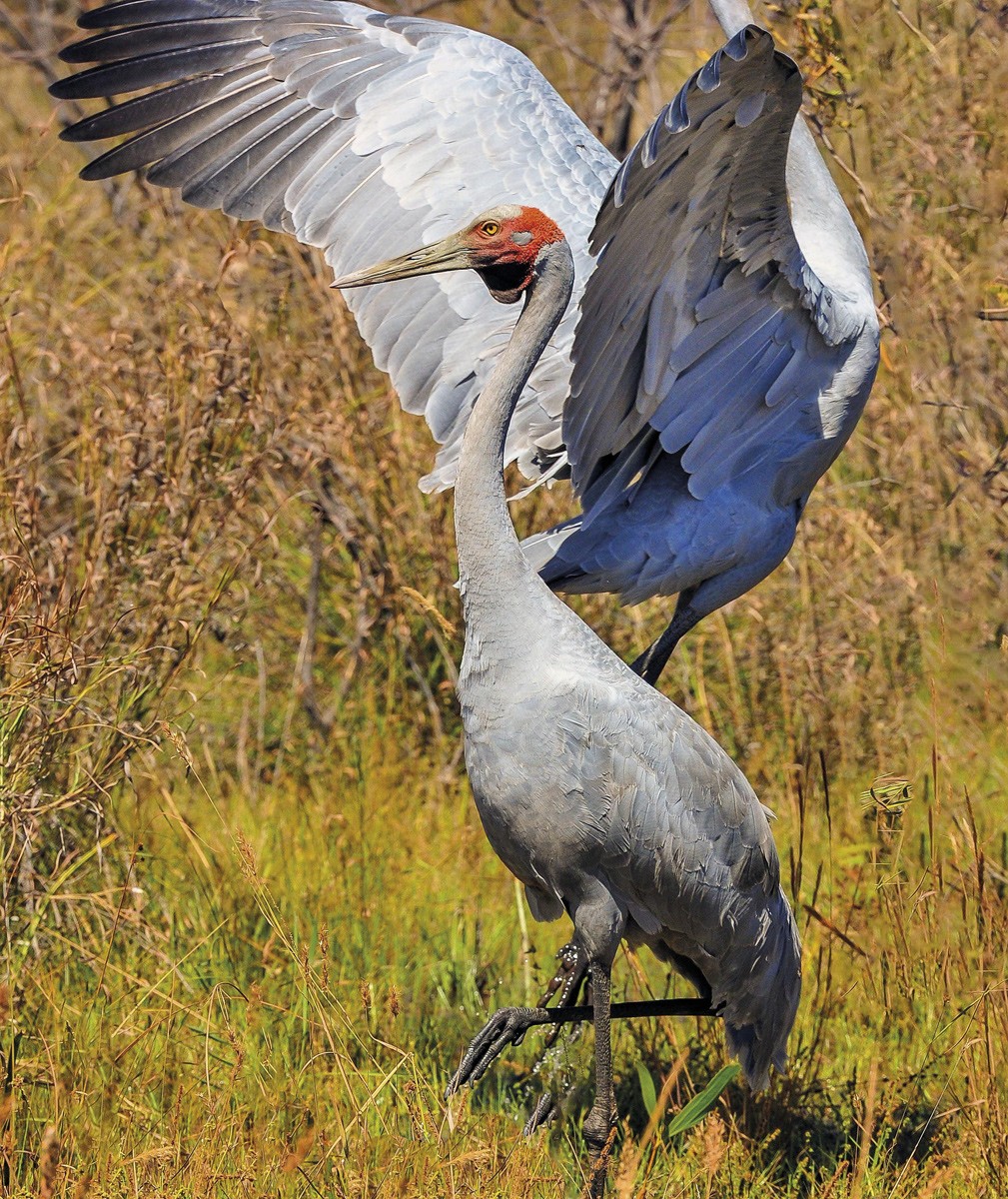
Here they have compiled some of their insights.
Tony: Most modern cameras including phones take close to perfect photos on
AUTO mode in ideal conditions. At times shutter speed can let you down with anything moving fast. The rule of thumb about keeping shutter speed at a number similar to lens focal length is barely OK on still subjects. I double for hand held. E.G. 1/400sec for 200mm lens and prefer 1/3200sec for birds or action. With bird photography, try to get as respectfully close as possible, striving for a sharp, well-exposed photo. Creativity and composition are accumulating bonuses. Photoshop can’t fix a blurry photo.
Georgina: There are six steps to good bird photography.
- A Good Lens. There is no getting around the fact that the better the quality of your lens, the better chance you have of getting a sharp image, even in low light. If you are just starting out, or if it’s always just going to be a hobby, then avoid a large prime lens and stick with a good zoom lens.The maximum focal length of the lens should be at least 300mm.
- Get up early (or stay late). The light just after sunrise and just before sunset is soft and golden. It can transform an ordinary bird photo into something extraordinarily beautiful. Cloudy days can be surprisingly good allowing for pleasing low contrast images.silly. You don’t have to wait long for something to happen. When to press shutter? I just try to “pick the moment” one shot at the time, others “rapid fire”. Setting 1/3200sec, ISO 800. F5.6 and 600mm lens. (Tony)
- Get close. Generally, the closer you get to your subject the better. There are lots of ways of getting closer to your subject, such as camouflage/hide/blind, long lens, teleconverters, remote triggers. But it’s best to let the bird come to you.
- Shoot at Eye Level. If that means lying on your belly in the mud at the river’s edge to get a duck at water level, then that is what you do!
- Keep the eye sharp.
- Watch the background. We are often so focused on the bird that we forget to check what is behind it. A background can make or break an image. Generally speaking, you should aim for a background clear of distracting elements. Have fun! Bird photography should be relaxing. Don’t ever get so caught up in taking the perfect photo that you forget to enjoy yourself.
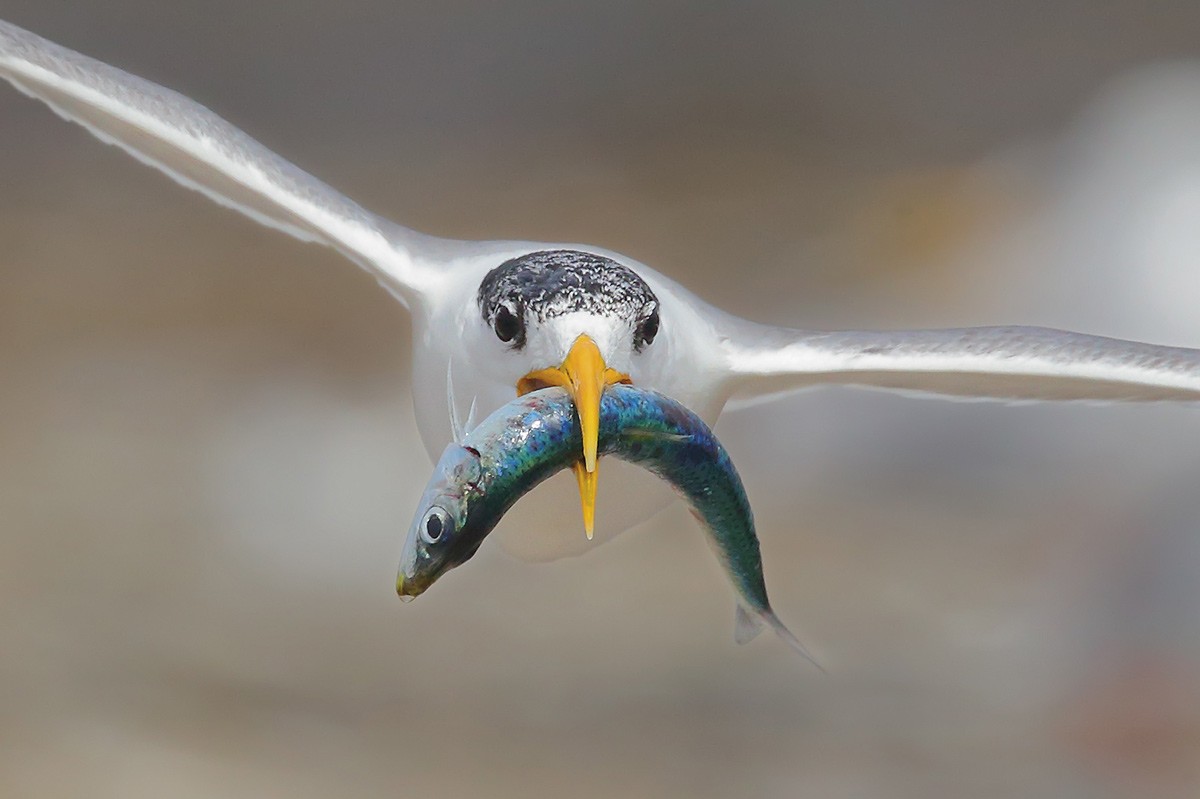

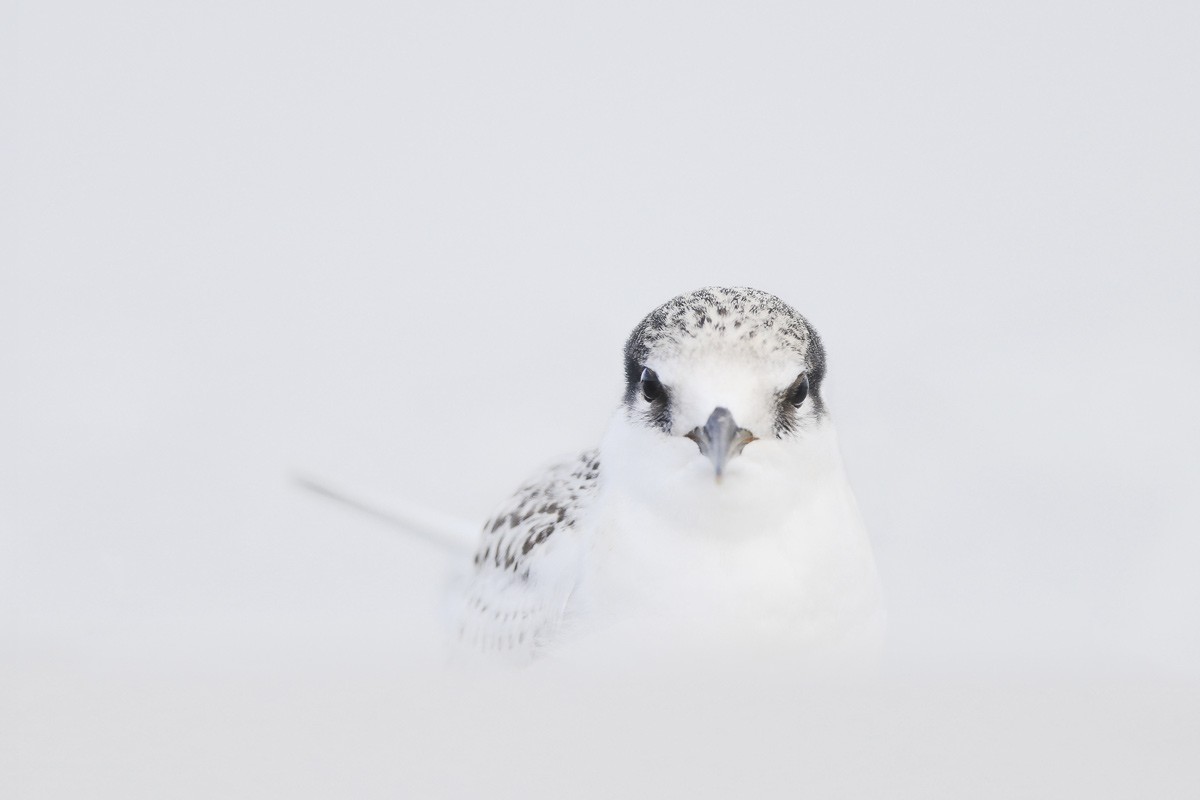

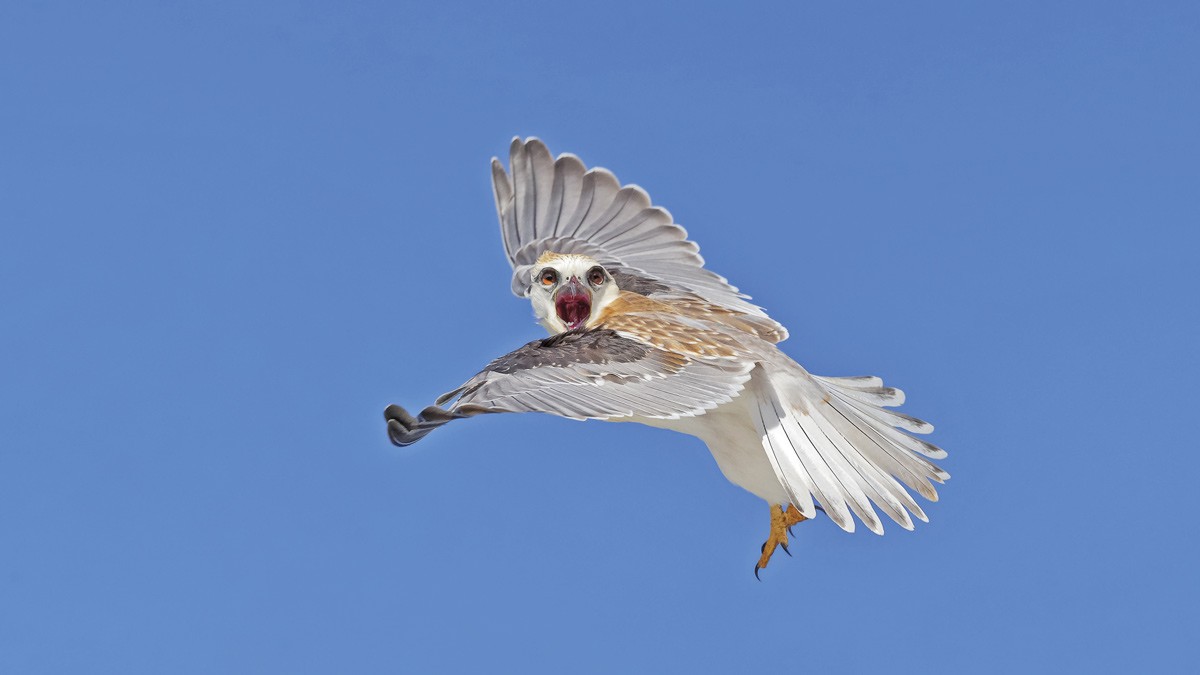
https://www.photographyrrudrone.com
https://georginasteytler.com.au

